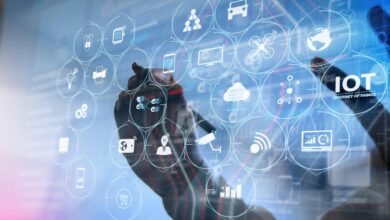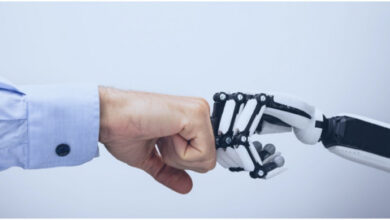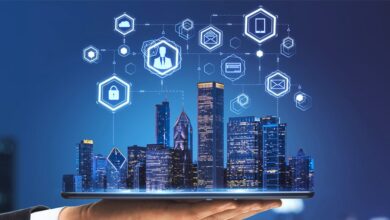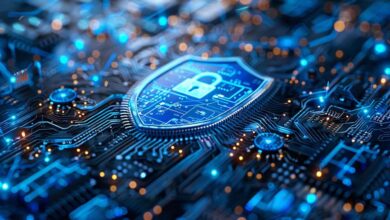The Metaverse: Redefining Our Social Future
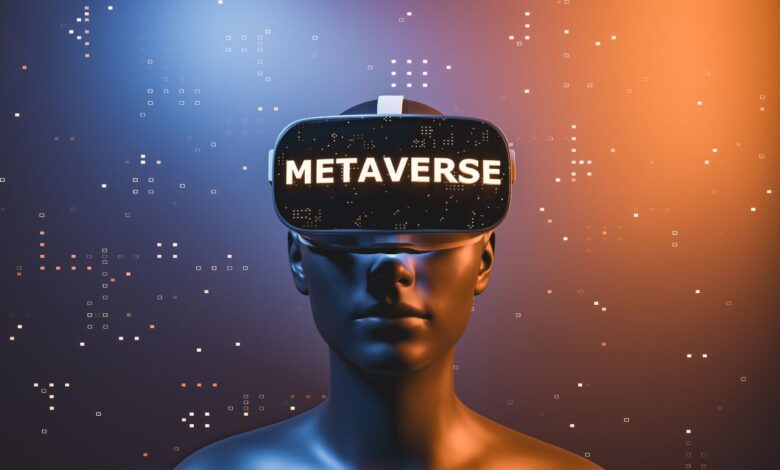
The concept of a metaverse—a persistent, shared, 3D virtual space—is no longer a mere science-fiction dream. It is rapidly transitioning into a tangible, digital reality that promises to radically redefine how we socialize, work, shop, and create.
This isn’t just an upgrade to the internet; it is the internet’s spatial evolution, offering a level of immersion and presence previously unattainable.
To understand the metaverse social future is to grasp the fundamental shift from viewing content on a flat screen to being inside the content. This deep dive explores the core pillars of this new digital world and forecasts the monumental changes it will bring to our everyday lives and the fabric of society.
I. The Foundational Pillars of the Metaverse
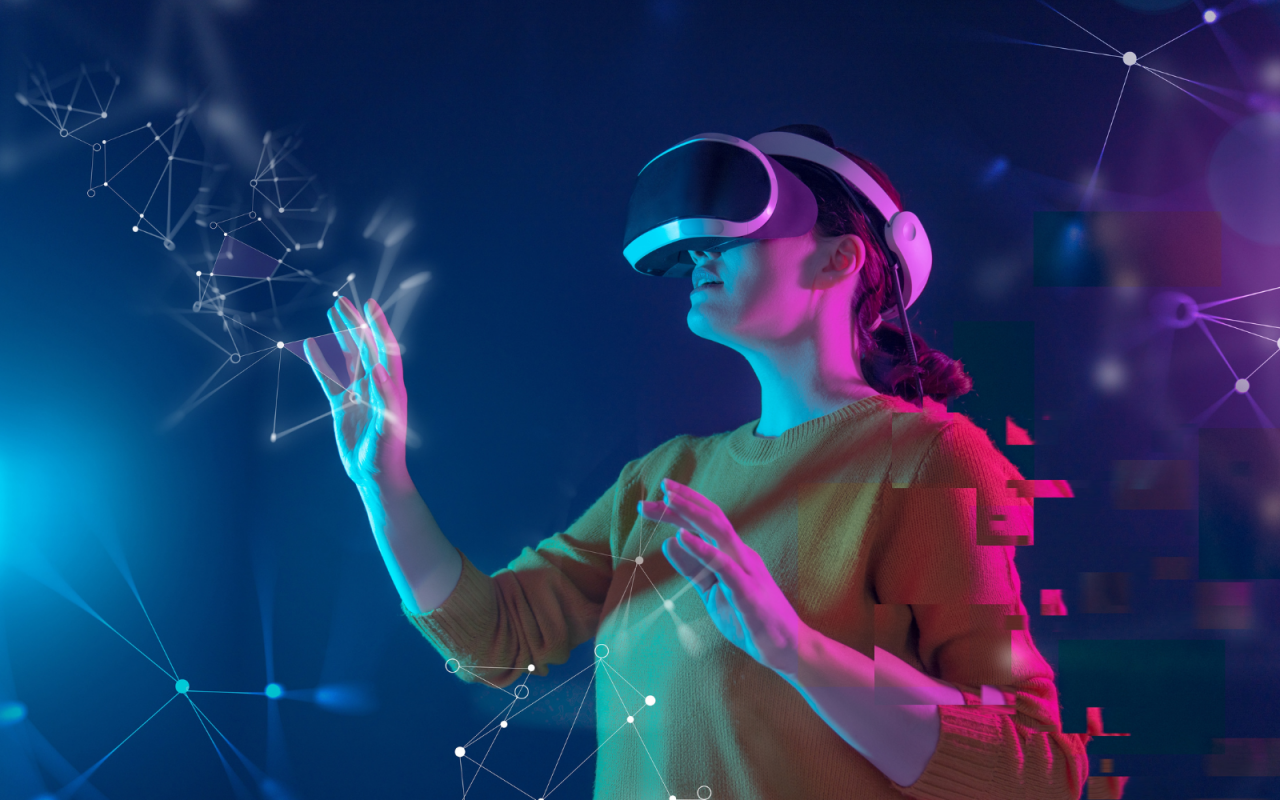
The metaverse is built upon several interlocking technologies and concepts that provide the necessary infrastructure for its existence and growth. Understanding these components is key to appreciating the depth of the coming transformation.
A. Presence and Immersion
At its heart, the metaverse is about presence. Unlike traditional social media, where you view profiles and posts, the metaverse uses technologies like Virtual Reality (VR), Augmented Reality (AR), and Mixed Reality (MR) to give users a sense of “being there.”
- VR (Virtual Reality): Devices like head-mounted displays (HMDs) completely cut off the physical world, dropping the user into a fully simulated environment. This provides the highest level of immersion, crucial for truly feeling present with others.
- AR (Augmented Reality): AR overlays digital information onto the real world (e.g., using a smartphone camera or AR glasses). This is the bridge that merges the digital future with our current physical reality, seamlessly integrating metaverse elements into daily life.
- Persistent Worlds: Crucially, the virtual environment does not reset or pause. The world and its inhabitants continue to exist and evolve even when a user logs off, mirroring the constant nature of the physical world.
B. Identity and Avatars
In the metaverse, your primary representation is your avatar. This is far more than a profile picture; it is your digital self—an entity that moves, speaks, and expresses emotion. The evolution of avatars is central to the social experience.
- Digital Selves: Users can create avatars that are hyper-realistic, fantastical, or somewhere in between. This choice allows for a new level of self-expression and identity exploration.
- Interoperability: The long-term vision is for avatars and digital assets to be interoperable, meaning the same avatar (and the digital clothes/items it owns) can seamlessly travel between different metaverse platforms, just as you can use the same social identity across various websites today.
- Emotional Depth: Advanced systems are now tracking real-world facial expressions and body language, translating them onto the avatar in real-time. This greatly enhances non-verbal communication, making virtual interactions feel far more genuine and nuanced.
C. Digital Ownership and Economy
The social future of the metaverse is inextricably linked to its economy. This economy is driven by digital ownershipthrough technologies like blockchain and Non-Fungible Tokens (NFTs).
- True Ownership: NFTs allow users to own unique digital items—from clothing and art to land and virtual concert tickets—without a central entity controlling that ownership. This scarcity and verifiability are what give these assets value.
- Creator Economy: The metaverse fuels a massive new creator economy. Artists, designers, developers, and even casual users can earn a living by creating and selling digital goods, services, and experiences to the vast population of the virtual world.
- Virtual Currencies: Native cryptocurrencies or tokens are used for transactions, creating a closed-loop economy that rewards participation, creation, and investment within the virtual ecosystem.
II. The Social Transformation: A New Way to Connect
The most profound impact of the metaverse will be on our social lives. It addresses many of the limitations of current two-dimensional social media platforms, offering richer, more meaningful connections.
A. Immersive Social Gatherings
Traditional video calls lack the spatial cues and casual interactions that define real-world social events. The metaverse changes this dramatically.
- Casual Proximity: In a metaverse social space, you can walk up to a group, overhear their conversation, and politely join in, just as you would at a party. This spatial audio and presence create a natural, ambient social experience.
- Global Connection with Local Feel: You could be sitting in a virtual coffee shop in Tokyo with a colleague from London and a friend from Rio, yet the experience feels intimate and localized because you are spatially together. The geographic barriers dissolve, but the sense of “place” remains strong.
- Shared Experiences: Instead of merely talking about a concert or a movie, you can attend a virtual concert with millions of other avatars, experience a digital art exhibit, or embark on a cooperative virtual adventure. The shared activity becomes the foundation of the social bond.
B. The Evolution of Digital Communities
Communities will move beyond forums and chat groups into persistent, self-governed digital spaces.
- Decentralized Autonomous Organizations (DAOs): Many metaverse communities will be organized as DAOs, where members own governance tokens that allow them to vote on the community’s rules, treasury spending, and future development. This gives true ownership and control back to the members.
- Niche Micro-Worlds: The metaverse will enable the creation of hyper-specific niche communities that would be impossible to gather in the physical world. Imagine a world dedicated only to medieval basket-weaving enthusiasts—in the metaverse, this community can build its own virtual village and thriving economy.
- Gamification of Society: Many social interactions will be gamified. Building reputation, earning social status, or even participating in governance might involve quests, badges, or token rewards, blending social life with gameplay elements.
C. The New Dating and Relationship Paradigm
Relationships, from casual dating to lifelong partnerships, will also find a new dimension in the metaverse.
- Deeper Screening: Interacting via an avatar in a shared, immersive activity often reveals more about a person’s personality, collaboration style, and sense of humor than merely swiping through photos. The focus shifts from physical appearance to shared experience and presence.
- Virtual Dates and Destinations: First dates could take place on a virtual mountaintop, inside a zero-gravity lounge, or on a realistic digital recreation of Paris. These shared, memorable environments become integral to the relationship story.
- Blended Reality: The ultimate relationship model will likely be a blend of metaverse and physical interaction, where the virtual world serves as a persistent, convenient space for connection, planning, and play, supplementing but not replacing physical meetings.
III. Work, Education, and Commerce in a Spatial World
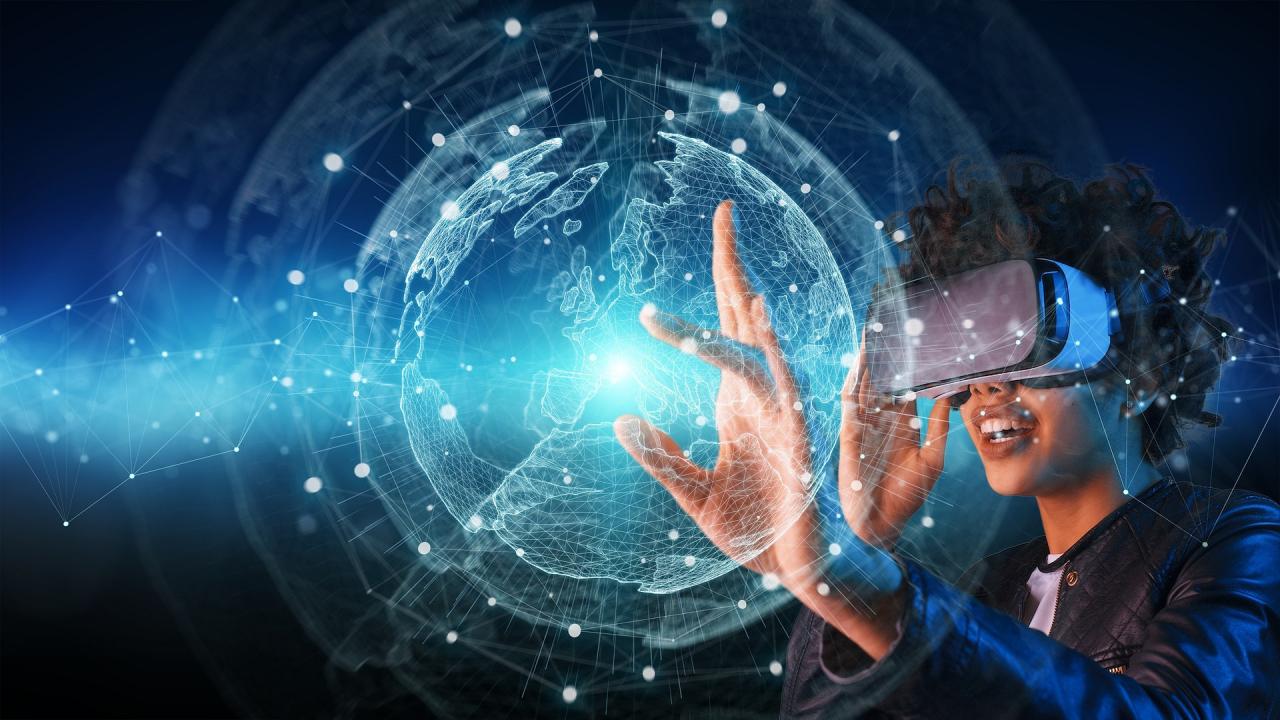
The social elements of the metaverse extend directly into our professional and economic lives, fundamentally changing how we learn and earn.
A. The Future of Work: Spatial Offices
The era of static, two-dimensional video conferencing is drawing to a close. The metaverse introduces spatial computing to the workplace.
- Virtual Headquarters: Companies will establish persistent virtual offices where employees’ avatars meet. This setup restores the sense of camaraderie and “water cooler talk” lost in remote work, as employees can casually walk over to a colleague’s virtual desk for a quick, informal chat.
- Enhanced Collaboration: Tools are more intuitive in 3D. Teams can gather around a virtual model of a product, manipulate 3D data, or project massive, shared virtual whiteboards, making collaborative design and problem-solving significantly more effective than sharing a screen.
- Global Talent Pool: By eliminating the physical commute and creating a truly immersive remote environment, companies gain access to a global pool of talent without geographical restrictions, potentially leading to more diverse and dynamic teams.
B. Learning Through Experience: Experiential Education
Education in the metaverse moves from passive consumption (watching lectures) to active participation and experiential learning.
- Immersive Classrooms: Students can visit a digital recreation of Ancient Rome, dissect a virtual human body in anatomy class, or walk inside a functioning nuclear reactor without any risk. This hands-on, contextual learning dramatically improves retention.
- Skills Simulation: The metaverse is the perfect environment for high-risk, high-cost, or hard-to-access training.
- A. Medical Training: Surgeons can practice complex operations on realistic digital patients.
- B. Engineering: Engineers can assemble a complex jet engine or repair a circuit board.
- C. Emergency Response: First responders can practice disaster scenarios in a controlled yet realistic environment.
- Democratization of Knowledge: High-quality, immersive educational content can be delivered globally at a low cost, potentially leveling the playing field for students in underserved regions.
C. Redefining Commerce and Shopping
Shopping becomes a social and entertaining activity again, moving far beyond clicking on an image on a website.
- Immersive Retail: Users will browse virtual stores where they can walk around, pick up and examine 3D models of products, and consult with a virtual sales associate (human or AI).
- Try Before You Buy: Using AR, a user could virtually try on a digital version of a jacket they like, seeing how it looks on their avatar and then checking how that same item would look on them in the physical world using AR glasses.
- The Digital-to-Physical Loop: The purchase of a physical item might come bundled with its NFT-backed digital twin for the avatar to wear in the metaverse, solidifying the connection between the two worlds.
IV. Social Challenges and The Need for Governance
The magnitude of the social change brought by the metaverse is accompanied by significant ethical and regulatory challenges that society must proactively address.
A. Digital Ethics and Privacy
The depth of immersion means the systems collect vastly more personal data—biometric responses, real-time location data, eye movements, and emotional reactions.
- Data Vulnerability: Protecting this deeper layer of personal information is paramount. Strong regulatory frameworks are needed to ensure that companies do not exploit these highly sensitive data streams.
- Identity Theft and Misrepresentation: The ease of creating and modifying avatars raises questions about identity authentication and the potential for malicious misrepresentation (griefing or catfishing).
- Digital Well-being: The immersive nature of the metaverse could exacerbate issues of digital addiction, isolation from the physical world, and the blurring of boundaries between reality and simulation.
B. Safety and Moderation
Moderating behavior in a massive, real-time 3D environment is exponentially more complex than moderating text and images.
- Spatial Harassment: Virtual harassment, including verbal abuse or unwelcome avatar contact, requires new tools and policies that respect personal space and establish clear boundaries in a spatial context.
- Content Filtering: Ensuring that content is age-appropriate and does not violate legal standards (e.g., virtual hate speech, violence) in real-time presents a massive technological and logistical hurdle.
- Jurisdiction: Since the metaverse is global, which country’s laws apply when a user in Europe harasses a user in Asia within a virtual world hosted on a server in the US? Global governance frameworks are necessary.
C. Economic Inequality and Access
The benefits of the metaverse should be accessible to all, but the initial barrier to entry—cost of hardware and high-speed internet—is a concern.
- The Digital Divide 2.0: Without concerted effort, the metaverse could create a new, deeper “digital divide,” separating those who can participate in the advanced, immersive economy from those who are relegated to the 2D internet.
- Virtual Land Speculation: The skyrocketing price of virtual land and digital assets creates a wealth disparity within the virtual world, potentially making the metaverse an exclusive club rather than a universal resource.
V. Conclusion
The Metaverse Social Future is not about abandoning the physical world; it is about extending our ability to connect, create, and experience with a richness and presence that the two-dimensional internet simply cannot offer. It is a technological leap that fundamentally redefines the concept of being there.
This new digital epoch promises to dissolve geographic boundaries for friendships, dismantle physical limitations for education, and unlock entirely new forms of wealth creation.
The shift from an internet of information to an internet of experiences is the central theme. Users will no longer be passive consumers of content; they will be active participants, creators, and citizens in a sprawling, persistent digital landscape.
However, the construction of this future requires a collective and responsible effort. The social promise of the metaverse—of deeper connection and greater opportunity—can only be realized if we tackle the governance, ethical, and access challenges head-on.
Establishing clear rules for digital ownership, ensuring robust data privacy, and actively working to avoid the creation of a new, exclusionary digital divide are not afterthoughts; they are the foundational requirements for a successful and equitable metaverse.
Ultimately, the social success of the metaverse will be measured not by the complexity of its technology, but by the quality of the connections it fosters and the inclusivity of the society we choose to build within it. It’s an invitation to design a better, more interconnected social future.


